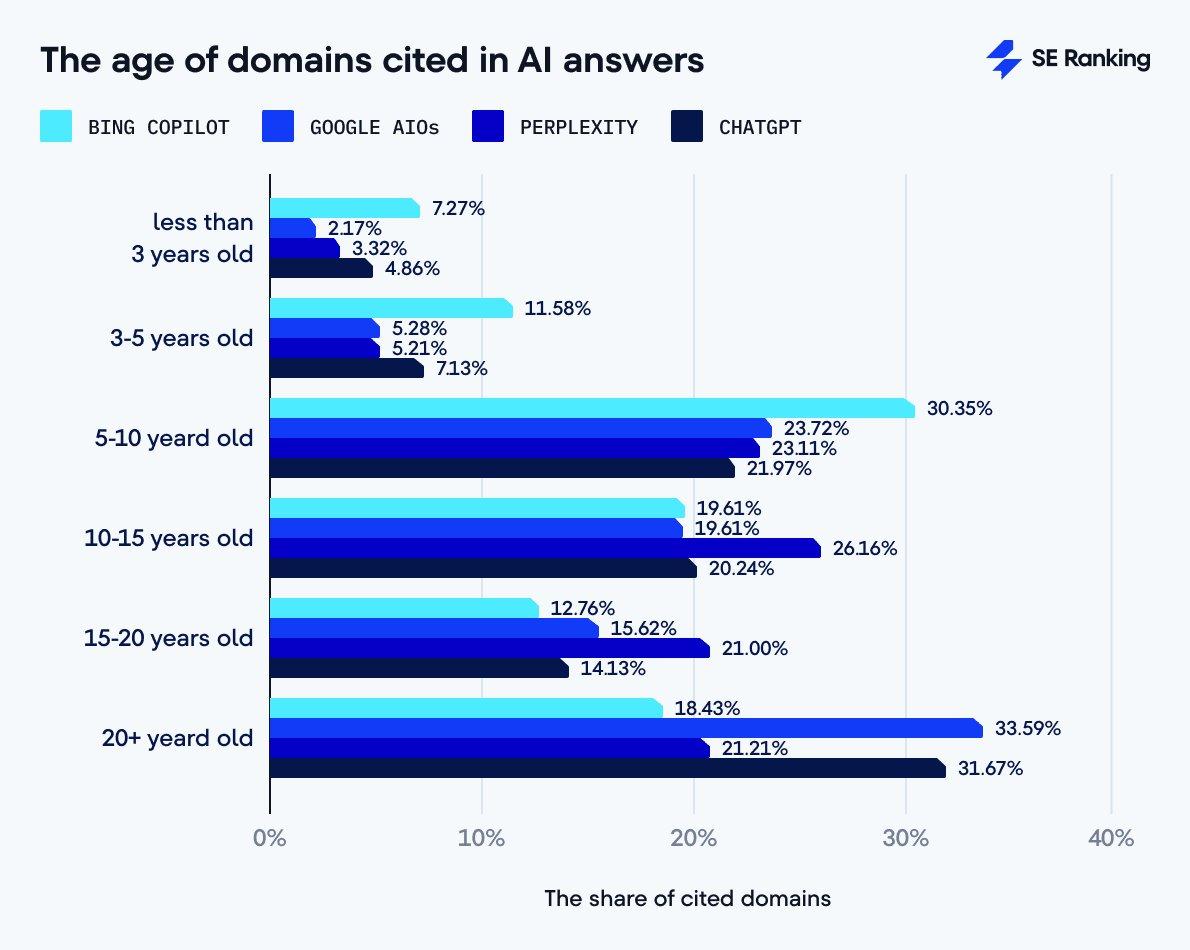Table of Contents
- Understanding Website Flipping: A Beginners Guide
- Top Websites for Buying and Selling Established Domains
- Valuing Your Digital Asset: Strategies for Pricing Websites
- Tips for Effective Website Renovation Before Selling
- Navigating Legal Considerations in Website Flipping
- Q&A
- To Conclude
Understanding Website Flipping: A Beginners Guide
Website flipping is a unique venture that allows individuals to buy, improve, and sell websites for profit. It’s akin to flipping houses: you acquire an undervalued asset, enhance its features and performance, then sell it at a higher price. The first step in this process involves identifying promising websites. Look for websites that have potential based on their traffic, revenue, and growth opportunities. Key factors to consider include:
- Traffic Sources: Analyze where the traffic is coming from—organic search, social media, or paid ads.
- Monetization Methods: Determine how the website generates revenue, such as affiliate marketing, ad placements, or product sales.
- Longevity: Websites that have been operating for a longer time might indicate stability and a loyal audience.
Once you’ve acquired a website, the focus shifts to improvement. This stage can involve redesigning the user interface, optimizing for search engines, or enhancing content quality to attract more visitors. Adding value is essential, and some effective strategies include:
- SEO Optimization: Improve keyword usage and backlinks to increase organic traffic.
- Content Development: Regularly update and enrich the content to engage your audience.
- User Experience: Ensure the website is easy to navigate and mobile-friendly to encourage longer visits.
After making the necessary improvements, it’s time to sell the website. Listing it on the right platforms can significantly impact your selling price. Here’s a quick comparison of popular websites for flipping:
| Platform | Fees | Traffic Visibility |
|---|---|---|
| Flippa | Varies; generally 10% of sale price | High; large marketplace |
| Sedo | 15% commission fee | Moderate; targeted for domain sales |
| Motion Invest | 10% commission fee | Specializes in established websites |
By following these steps and utilizing the right platforms, anyone can embark on a rewarding journey of website flipping, transforming underperforming sites into profitable assets.


Top Websites for Buying and Selling Established Domains
When it comes to the world of domain trading, finding the right platform can make all the difference. Numerous websites cater to domain buyers and sellers, each offering unique features and benefits. Whether you are looking to scoop up a prime domain name or sell one for a profit, here are some popular options that cater to this niche market:
- GoDaddy Auctions: Renowned for its extensive customer base, GoDaddy allows users to buy and sell domains through auction. It provides a user-friendly interface and secure payment options, making it a go-to platform for many.
- NameJet: This platform specializes in expired and deleted domains, allowing potential buyers to snag valuable names before they hit the open market. The bidding process is straightforward, and users can register for notifications about upcoming auctions.
- Sedo: One of the largest marketplaces for buying and selling domains, Sedo offers powerful search capabilities and a diverse selection of domains. This site also features a domain parking service, enabling sellers to earn revenue while they wait for the right buyer.
In addition to these well-established sites, new platforms are consistently emerging, each bringing innovative features to the domain-pricing landscape. Consider the following up-and-coming options:
| Website | Key Feature | Advantages |
|---|---|---|
| Flippa | Comprehensive marketplace for digital assets | Supports a variety of digital products beyond domains |
| Domain.com | Bulk domain registration | Great for buyers looking to acquire multiple names |
| ParkingCrew | Domain monetization | Helpful for sellers looking for immediate returns |
The choices available to buyers and sellers fold into an expansive arena that can often feel overwhelming. Each site has its own unique selling points, and it’s vital to evaluate which platform aligns best with your specific goals. Pay attention to factors such as fees, user experience, and support for domain transfers to ensure a smooth transaction process.


Valuing Your Digital Asset: Strategies for Pricing Websites
When pricing a website for sale, it’s crucial to have a cohesive strategy that factors in various key elements. Start by assessing the monthly revenue generated by the website. Whether through affiliate marketing, ads, or product sales, consider the average monthly income over the past year to determine a baseline. Engage with potential buyers by presenting a clear breakdown of revenue streams, which could include:
- Advertising revenue from Google AdSense or other networks
- Affiliate earnings from links or sponsored content
- Product sales from an e-commerce platform
Next, consider the website’s traffic metrics. Websites with higher traffic typically command higher prices. Use tools like Google Analytics or Ahrefs to obtain accurate data on your site’s visitor trends, bounce rates, and demographic engagement. It’s helpful to present these metrics in a clear table format:
| Traffic Metric | Current Value | Trend (Last 6 Months) |
|---|---|---|
| Monthly Visitors | 12,000 | ↑ 15% |
| Bounce Rate | 45% | ↓ 5% |
| Average Session Duration | 3:15 minutes | ↑ 30% |
Lastly, never underestimate the value of growth potential. Highlight areas for improvement or expansion that could attract buyers looking for investment opportunities. Identify trends in your niche and potential avenues for monetization, such as SEO enhancements, content marketing, or social media growth. Thoroughly articulating the website’s future possibilities can significantly influence buyer interest and lead to a well-informed pricing strategy.


Tips for Effective Website Renovation Before Selling
Renovating your website before putting it up for sale can significantly boost its appeal and potential value. Start by conducting a comprehensive audit of your site to identify outdated elements, slow loading times, and any broken links. Updating your site’s design is critical—consider a modern look that reflects current web standards. Opt for a responsive design to ensure a seamless experience across all devices, as this is highly attractive to buyers. Here are key areas to focus on:
- Visual Aesthetics: Refresh your color scheme and typography.
- Navigation: Simplify menus for easy access to all sections.
- Content Quality: Invest in high-quality, engaging content that speaks to your audience.
Next, don’t overlook the technical aspects of your website. Ensure that all essential features are functioning correctly, and optimize your site’s SEO to increase its visibility. This includes enhancing meta tags, improving on-page SEO elements, and ensuring your content is relevant and keywords are targeted effectively. Review your site speed and work towards optimizing images, caching, and minimizing code for a faster experience. You might consider creating a quick reference table like this:
| Optimization Area | Action Steps | Benefits |
|---|---|---|
| Images | Compress and resize | Faster loading times |
| Meta Tags | Update relevant keywords | Increased search visibility |
| Site Speed | Optimize code and leverage browser caching | Improved user experience |
Lastly, enhancing user engagement can greatly affect your website’s desirability. Integrate features such as an intuitive call-to-action, effective contact forms, and social media links to improve interactivity. Testimonials or case studies can also add credibility, showing potential buyers the value and trustworthiness of what they are considering purchasing. By focusing on these elements, you’ll not only increase user satisfaction but also make your website a more attractive option for potential buyers.


Navigating Legal Considerations in Website Flipping
When delving into the world of website flipping, it’s essential to consider the myriad of legal factors that can influence your investment’s success. First and foremost, intellectual property rights play a significant role. Ensure that you have clear ownership of the websites you acquire, including trademarks, logos, and the content provided. Conduct thorough assessments to verify that the previous owner transferred all necessary rights during the sale, as any lapses could lead to costly disputes down the line.
Another crucial aspect is compliance with data protection laws. With regulations like the General Data Protection Regulation (GDPR) in Europe and the California Consumer Privacy Act (CCPA) in the United States, it’s vital to understand how user data is collected and used on the websites you flip. Make sure to review privacy policies and user agreements to ensure they reflect current legal standards. Failure to comply could result in severe financial penalties and damage to your reputation.
Additionally, consider the legal implications of transferring ownership of domains and hosting accounts. Each provider may have different policies regarding domain transfers and what is required to complete the process. Conducting a thorough review of the terms and conditions can save time and potential legal issues. Utilize the following checklists to ensure that you’re on the right track:
- Verify ownership rights and transfer agreements.
- Audit existing privacy policies against applicable laws.
- Understand domain and hosting transfer protocols.
| Legal Concern | Potential Consequences |
|---|---|
| Intellectual Property | Litigation and loss of website |
| Data Protection Compliance | Fines and reputational damage |
| Domain Transfer Issues | Delayed sales and potential disputes |
Q&A
Q&A: Understanding Website Flipping Sites
Q1: What is website flipping? A1: Website flipping is the process of buying a website, improving it, and then selling it for a profit. This practice allows investors to take advantage of the growing online marketplace by revitalizing underperforming sites or developing brand new ones, ultimately turning them into valuable digital assets.Q2: How do I find website flipping sites? A2: There are several platforms popular among flippers, such as Flippa, Empire Flippers, and WebsiteBroker. Each of these marketplaces lists websites for sale across various niches, providing details like traffic stats, revenue, and growth potential. Engaging in niche forums and online communities can also provide leads on websites available for flipping.
Q3: What types of websites are best for flipping? A3: The best websites for flipping typically have room for growth or require minimal investment. Popular categories include e-commerce sites, blogs with established traffic, and affiliate marketing websites. A key is identifying websites with strong niches and potential for improvement, such as SEO enhancements or updated design.
Q4: What factors should I consider before purchasing a website to flip? A4: Before purchasing, consider its current traffic and revenue, growth potential, and the site’s age. Performing a thorough due diligence check on financials, analytics, and any legal issues is crucial. Additionally, exploring the niche’s competitiveness and ensuring the site has a reasonable monetization strategy can significantly influence your flipping success.
Q5: How can I improve a website before selling it? A5: To enhance a website’s value, focus on improving its content and SEO, updating design for better user experience, and increasing traffic through marketing initiatives. Adding monetization options, like affiliate links or ads, can also boost revenue, making it more attractive to potential buyers.
Q6: What should I expect in terms of profit when flipping a website? A6: Profits can vary widely based on the website’s category, how well you’ve improved it, and current market demand. Some flippers see an ROI of 30%-400%, while others may experience less. It’s essential to set realistic expectations and not every flip leads to a significant profit—there’s always an element of risk involved.
Q7: Are there any risks involved in website flipping? A7: Yes, like any investment, website flipping carries risks. These may include market fluctuations, potential buyer scams, and the challenge of accurately predicting a site’s future performance. Additionally, unforeseen expenses during improvement or lower-than-expected revenue can eat into profits, making thorough research and planning essential.
Q8: How do I successfully sell a flipped website? A8: To sell a flipped website successfully, create an attractive listing that highlights improvements, traffic growth, and revenue potential. Be transparent about the site’s history and performance, and provide comprehensive analytics to back up your claims. leverage multiple marketplaces or brokers to reach a broader audience.
Q9: How long does it typically take to flip a website? A9: The timeline for flipping a website varies based on the improvements needed and market conditions. Some flips can be completed in a matter of weeks, while others might take several months to realize their full potential. Planning and committing to marketing strategies can help expedite the selling process.
Q10: Where can I learn more about website flipping? A10: Numerous blogs, forums, and courses specialize in website flipping. Platforms like YouTube offer tutorial videos, while communities on Reddit and specialized sites provide insights and shared experiences from other flippers. Engaging in continuous learning and networking with others in this field can significantly enhance your flipping skills.

